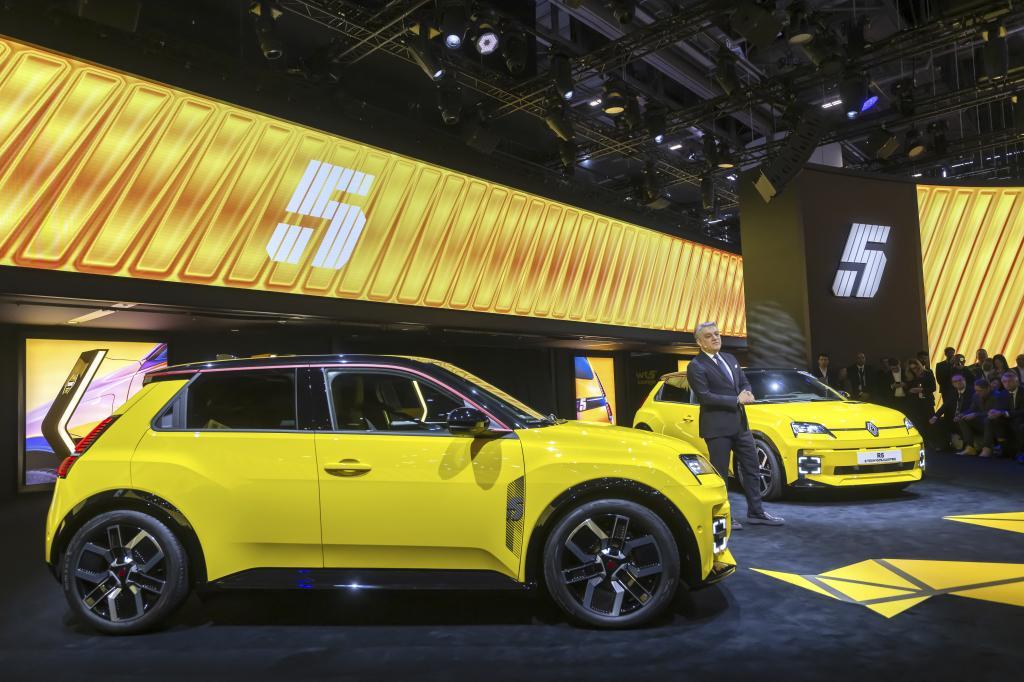Never before in the automotive world has a technology caused as much polarization as 100% electric cars. Beyond the discussions about whether they are suitable for traveling, expensive, or lacking charging stations, nothing ignites controversy as much -pun intended- as images of one of these vehicles on fire. The fire in a garage in Alcorcón (Madrid) where two firefighters died was the latest example, although it was later proven that the burning car was... a plug-in hybrid.
However, a study by the American NFPA (National Fire Protection Association) indicates 25 fires per 100,000 electric vehicles sold and 1,529 fires per 100,000 internal combustion vehicles. In Spain, AEDIVE (Business Association for the Development and Promotion of Electric Mobility) established, based on a sample of 736,000 vehicles (around 28,000 electric ones), that the fire probability for the latter was 2.9 per 10,000 vehicles, compared to 3.1 for gasoline and 3.7 for diesel.
In summary, they are not inherently more dangerous, but their failure mode generates different effects, requires different protocols, and attracts more media attention.
To demonstrate this, Renault Group organized an event in Madrid to show that this type of fire can be extinguished in a few minutes and with a 'mere' 1,300 liters of water, while the average is three hours and 11,000 liters.
The key is the Fireman Access, a valve placed on the battery that allows firefighters to inject pressurized water to 'douse' the fire in minutes. For some months now, the French company has released the patent so that any other car manufacturer can use it.
The demonstration took place during the "Renault Group Safety Day," a training day for over 200 firefighters from across Spain. It involved the controlled fire of a Renault Megane E-Tech 100% electric car. Starting from the front seats, the fire spread throughout the car in just a few minutes, but the firefighters only needed about 10 minutes to extinguish it, spending around five minutes on the passenger compartment and bodywork, and another five minutes approximately on the battery.
Faster and Safer Extrication
Additionally, a simulation of extrication was carried out using the QRescue system, a visible QR code on the windshield providing immediate information about the vehicle's architecture —battery location, airbags, or safe cutting points—, reducing intervention time by up to 15 minutes.
The session, organized in collaboration with the Safety and Emergencies Agency 112, is part of the Human First program, a global strategy by Renault aimed at reducing road accidents and improving emergency response. The event was inaugurated by Pedro A. Ruiz Escobar, General Director of the Safety and Emergencies Agency Madrid 112, and featured the participation of César Lorenzo, Director of the R&D&I Center of Renault Group Spain, who presented the main safety innovations developed by the company.
During his speech, Lorenzo emphasized that Renault works with a comprehensive approach focused on three pillars: detect, guide, and act. For this, the group has developed three complementary systems: Safety Score, which analyzes the user's driving and provides a score and personalized recommendations; Safety Coach, which guides the driver in real-time with AI-based advice; and Safety Guardian, which integrates all vehicle and environmental data to intervene automatically when it detects risky situations.
The day included a theoretical masterclass delivered by Claire Petit-Boulanger and Nicolas Granier, Renault Group safety experts, addressing aspects such as high-voltage battery management, action protocols in case of accidents or fires, and the use of real-time digital rescue sheets.
